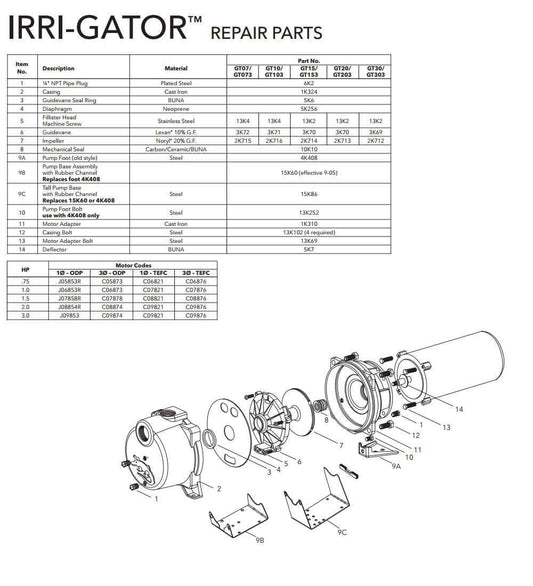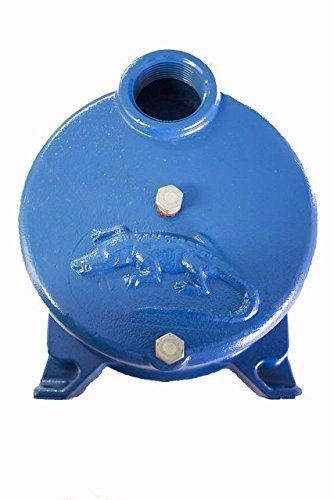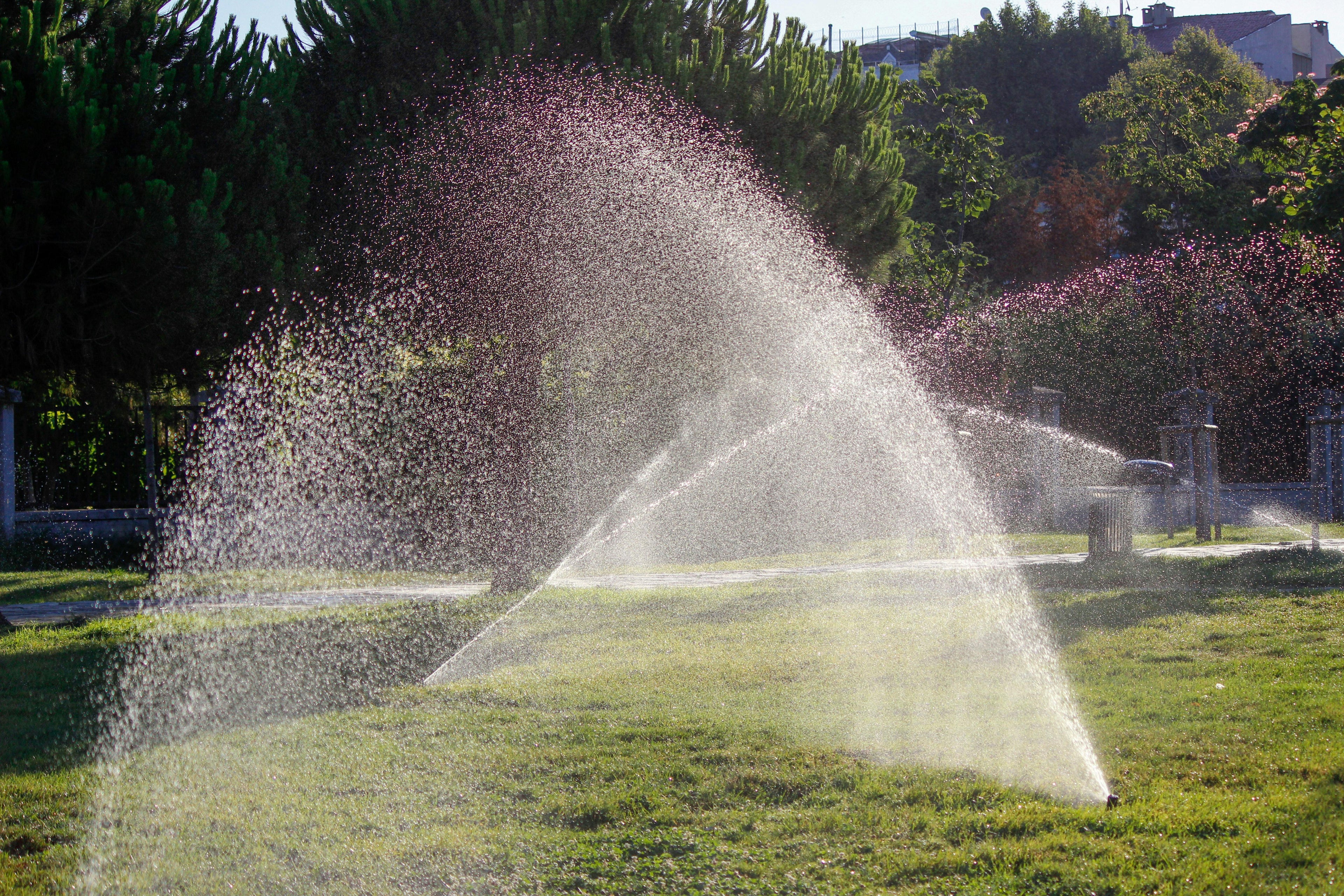
Shop a Variety of Water Pumps
Explore a wide range of water pumps tailored to your needs. Irrigation Pumps, Booster Pumps and more.
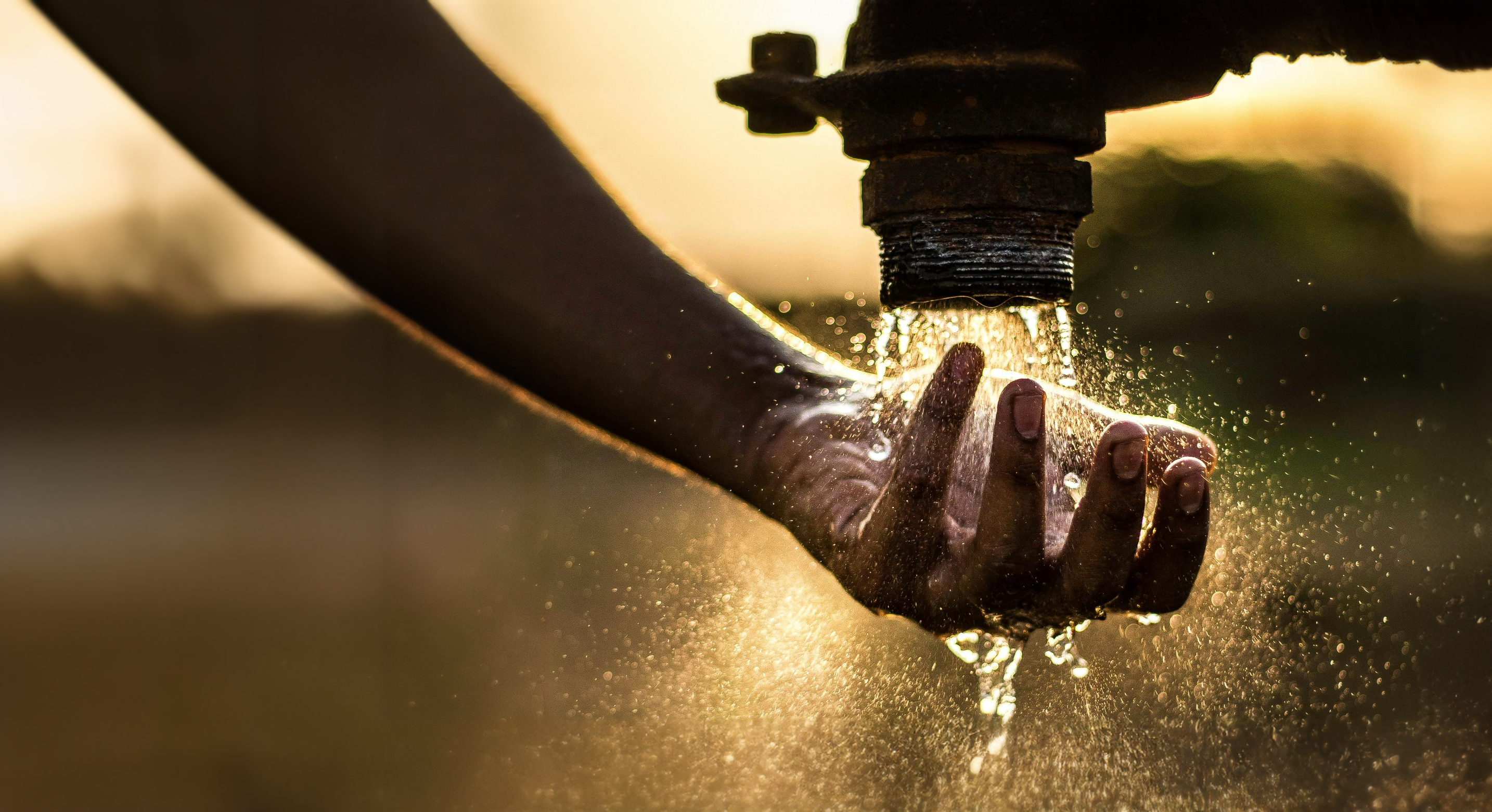
See a Range of Options for Submersible Pumps
Get the right size and option of submersible pump for your next project.
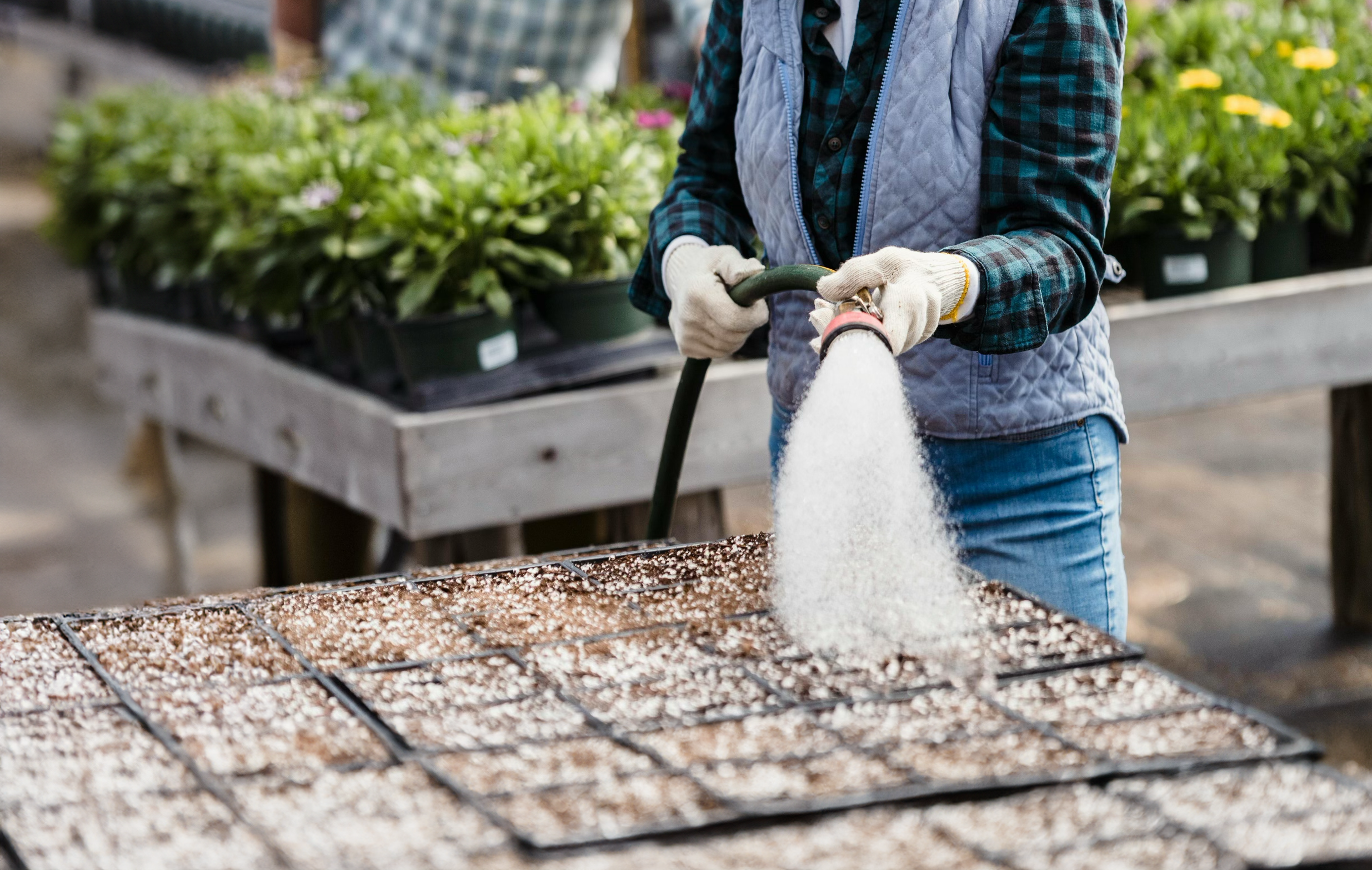
Unlock Peak Performance with Our Irrigation Pumps
Discover unmatched efficiency, performance, and a wide range of options designed to optimize your irrigation needs.
Water Pump Categories
-

Goulds Submersible Pumps
Goulds Submersible Pumps Durable and Reliable Quiet Operation Easy Installation and...
-

Goulds Jet Pumps
Goulds Jet Pumps, developed a range of jet pumps that are built...
-

Goulds Irrigation Pumps
Goulds Irrigation Pumps, discover their efficiency and reliability, tailored for your diverse...
-

Water Pump Installation Accessories and Repair Parts
Explore our extensive selection of top-quality Water Pump Installation Accessories and Repair...
Pump Specialization
-

Submersible Pumps
Shop Submersible PumpsAchieve optimal performance in residential and agricultural applications with our submersible pumps known for their reliability and efficiency.
-

Water Jet Pumps
Shop Water JetsHarness the power of cutting-edge pumping technology with our dependable and
high-performing Jet pumps. -

Irrigation Pumps
Shop Irrigation PumpsImprove your crop production with our dependable and highly efficient irrigation pumps.
Questions Customers are Asking:
HOW DO I KNOW IF I NEED A SHALLOW WELL PUMP OR A DEEP WELL PUMP?
Determining whether you need a shallow well pump or a deep well pump depends on the depth of your water source. Here's how you can differentiate between the two: Shallow Well Pump: Designed for wells with depths of 25 feet or less.
Shallow well pumps are installed above ground.
Draws water up from near the surface using suction.
Deep Well Pump: Designed for wells with depths greater than 25 feet, sometimes reaching hundreds of feet.
Uses mechanisms such as jet systems or submersible designs to draw water from deep underground.
To determine which type of pump you need: Measure the depth of your well: This is the crucial factor. If your well is deeper than 25 feet, you'll likely need a deep well pump. Otherwise, a shallow well pump should suffice.
Consult a professional: If you're unsure about the depth of your well or which pump to choose, it's best to consult a well drilling professional or a plumber. They can assess your situation and recommend the appropriate pump for your needs. For help sizing a pump for your application, please reach out to us.
WHAT IS THE DIFFERENCE BETWEEN A SHALLOW WELL PUMP AND A DEEP WELL PUMP?
Shallow Well Pump: Designed for wells with depths of 25 feet or less.
Shallow well pumps are installed above ground.
Draws water up from near the surface using suction.
Deep Well Pump: Designed for wells with depths greater than 25 feet, sometimes reaching hundreds of feet.
Uses mechanisms such as jet systems or submersible designs to draw water from deep underground.
DO I NEED TO WINTERIZE MY PUMP?
Winterizing your jet pump is essential to prevent damage from freezing temperatures.
Here's a step-by-step guide to winterize your jet pump:
Turn Off Power: Start by turning off the power to the pump at the circuit breaker or disconnect switch. This ensures safety while you work on the pump.
Drain Water: Drain all water from the pump, pressure tank, and associated pipes. You can do this by opening drain valves or taps at the lowest points in your system.
Disconnect Hoses: If your pump is connected to hoses or pipes, disconnect them to allow any remaining water to drain out completely.
Remove Pressure Switch and Gauge: If possible, remove the pressure switch and pressure gauge from the pump. This prevents damage to these components due to freezing.
Flush Pump: Flush the pump with non-toxic antifreeze. Follow the manufacturer's instructions for the appropriate amount and method of flushing.
Protect Exposed Components: If your pump is located in an area exposed to extreme cold, consider insulating it or using a pump cover to protect it from freezing temperatures.
Store in a Sheltered Location: If possible, remove the pump and store it in a sheltered location for the winter. This protects it from exposure to freezing temperatures and reduces the risk of damage.
Check Regularly: Throughout the winter season, periodically check the pump and associated components for any signs of damage or freezing. Address any issues promptly to prevent further damage.
By following these steps, you can effectively winterize your jet pump and protect it from damage during the cold winter months.
HOW MANY GPM DO I NEED FOR MY HOME?
When determining how many GPM are needed for your home, consider that each fixture is approximately 1.5 to 2 GPM. For example, for a 2-bathroom home, with 1 kitchen, 1 washer and 2 hose bibs outside, the recommended gallons per minute is 17-22 GPM.
However, when selecting a pump that meets the required GPM, it is important to keep in mind the recovery rate of your well. If you need help determining what is the correct pump for your home, please contact us.
DO I NEED A PRESSURE TANK?
Yes. Choosing the proper tank for your pumping system will greatly reduce the risk of premature pump failure. If you fail to invest in the correct size pressure tank, you can short cycle your pump. Short cycling is a term used to describe when your pump is turning on and off too frequently. It increases energy use and can cause premature failure of your pump as it builds up excessive heat. When it comes to pressure tanks, bigger is almost always better.

Have Questions-Get More answers!
We understand looking for a new water pump or motor can be complicated. We here to help, find answers to your questions and get your next project started!
Featured Products
-
Goulds Repair Rebuild Kit for GT15 Irrigation Pump 1.5 HP GT153
Regular price $212.24Regular priceUnit price / per -
Goulds 1K324 Pump Casing for GT303TE 3HP Sprinkler Pump
Regular price $422.23Regular priceUnit price / per -
Goulds 1K333 Pump Casing for J15 1.5HP Water Well Jet Pump
Regular price $267.11Regular priceUnit price / per -
Goulds 1K310 Pump Motor Adapter for J15 1.5HP Irrigator Pump
Regular price $171.92Regular priceUnit price / per








